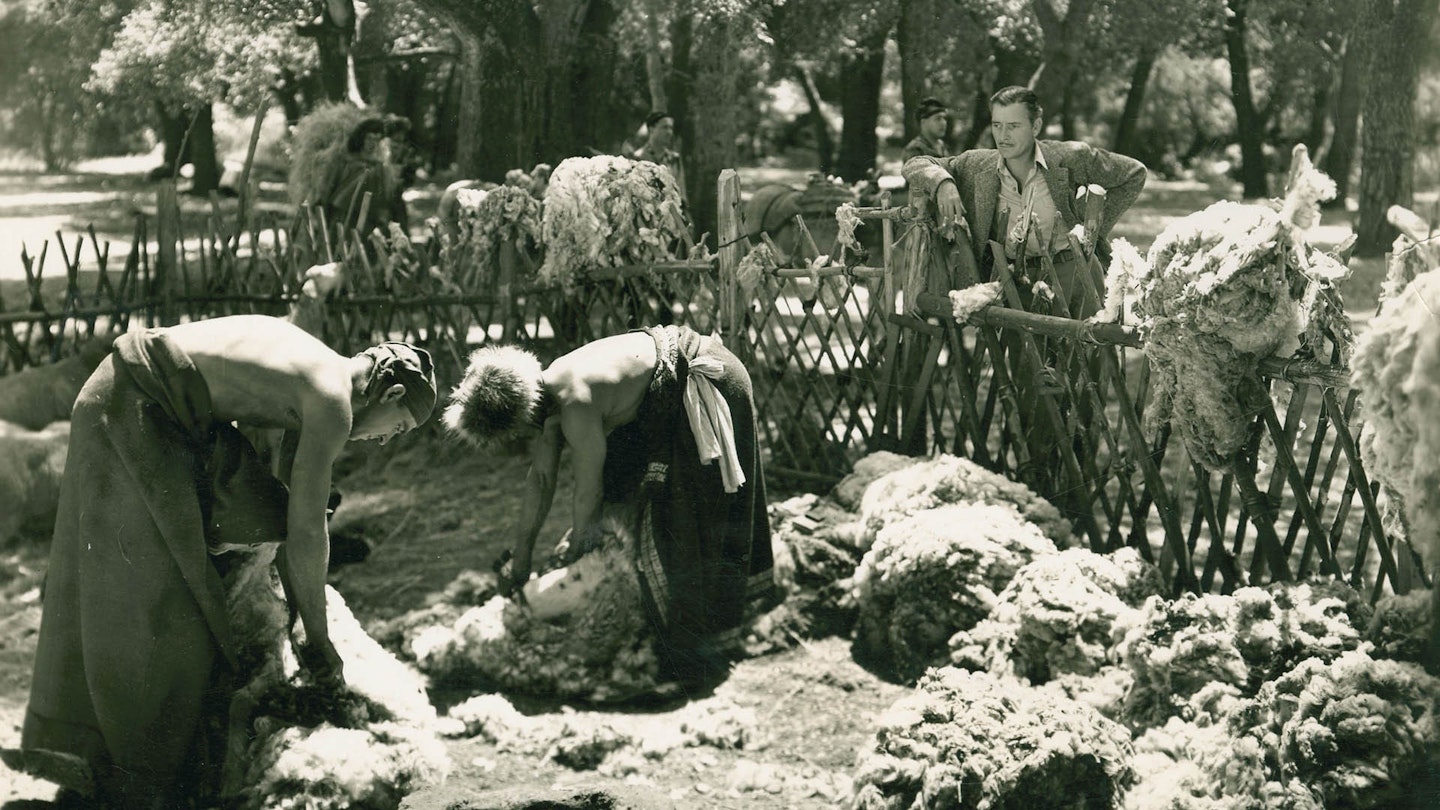A magical 1930s best‑seller by James Hilton (whose other filmed utopia was Goodbye Mr Chips) becomes a remarkably effective film by Frank Capra, who mainly abandons his usual social comedy for wistful romance and high adventure (Edward Everett Horton and Thomas Mitchell do get some kooky scenes). Escaping from a convincingly raucous Chinese uprising in 1935 (or a Japanese invasion in 1937, if you see the rejigged version re-released during WWII), a planeload of lost souls crash in the Himalayas and are escorted to a temperate valley in the snowy wastes where they find Shangri‑La.
Diplomat Ronald Colman, sporting a spiffy moustache, is impressed by the overpowering peace and harmony of the place, where people reputedly live hundreds of years, while everyone else ‑ with the exception of Colman's cynical brother (John Howard) ‑ discovers reasons not to return to the outside world.
A mammoth, difficult production, this has outdated, awkward stretches as the Lama and his Number One Sidekick (H.B. Warner) propose a sinister-sounding philosophy of polite pacifism, but its magical stretches, including a frankly sexy romance between Colman and Shangri-La girl Jane Wyatt (whose double has a nude swim scene), still play well.
The memorable last reel finds Colman and Howard leaving the valley with a young girl (Margo) who reverts to her true old age away from the magic. At the end, against the odds, Colman struggles to return to the land ‘on the other side of the mountain’. Remade in 1973 as a hideous musical. Shangri‑La later inspired a girl group, a Kinks song and innumerable suburban house-names.
